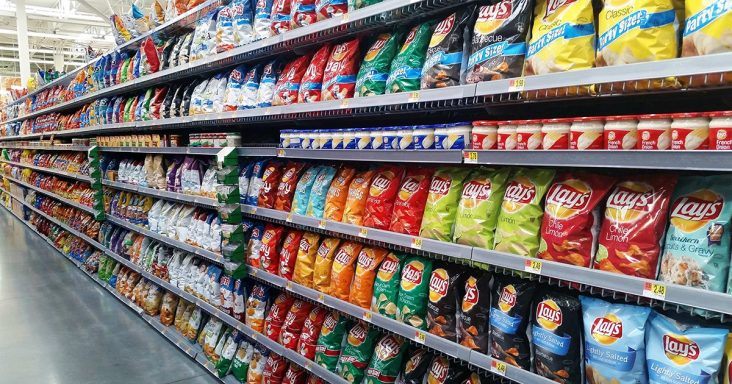BLS report shows grocery prices continue to rise
by August 10, 2022 3:03 pm 1,062 views

Consumers saw the highest grocery prices in 43 years in July, with food at home costs rising 10.9% from a year ago. Food eaten in restaurant costs were 13.1% higher year over year, according to a U.S. Bureau of Labor Statistics report posted Wednesday (Aug. 10).
The report said overall food prices were 8.5% higher in July than a year ago but relatively flat to the increases last month.
In July, all six major grocery store food group indices increased. Egg prices led the rally, up 4.3% from June and 39% higher than a year ago. Potato prices in July were up 4.6% on the month and 13.3% year-to-year. Butter was up more than 26% on the year in July. Coffee rose 3.5% from June and was 20% more expensive than a year ago. Cereal and bakery prices increased 1.8% from June and 15% from a year ago. Fruit and vegetable prices were up 0.5% from June but 9.3% higher than in July 2021. Dairy prices were 1.7% higher than in June and 14.8% more expensive than in July of last year.
There was mixed news among other items. The price of beef and veal declined from June to July, part of a three-month downward trend. But they too rose 3.4% in July versus last year. Chicken breast prices are 30% more expensive than a year ago, and turkey breast prices are 142% more costly than in July 2021. Pork prices are down 6% year-over-year, as are chicken wing prices, which fell 64.6% in July compared to a year ago.
Food prices at restaurants in July were up 0.9% from the prior month and 8.9% higher than a year ago.
Numerator reports grocery prices climbed 15.4% for the four weeks ending July 31 compared to a year ago. The report found online and dollar stores remain the most impacted segments, with online grocery prices jumping 25.7% and dollar store prices increasing 22.4% from the same period last year.
Numerator also reports health and beauty prices rose 9% in April from a year ago. They stayed relatively stable in June but spiked 18.5% in July versus the period in 2021. Skincare, medical and hair products saw the biggest price hikes from a year ago.
The club segment also reached double-digit inflation for the first time in July, Numerator reports. Wholesale clubs like Sam’s and Costco typically carry the lowest prices given their business models of pushing volume and selling memberships. But Numerator said in July, inflation rose 10% in the club segment.
Numerator also looked at how inflation is impacting various consumer demographics. The report found all demographics are feeling the sting of higher food prices in July. Low-income families, suburban and Gen Z (ages 25 or older) are seeing the highest impact with overall inflation rates of roughly 16% in July, compared to a year ago. Rising prices sent overall spending levels higher in July, up 26% from a year ago. Numerator found shoppers spent 14% more per trip in July. In-store spending declined in July, down 7% from June but still up 23% from a year ago.
